UK logistics buildings are getting bigger – a lot bigger, according to data provided by Savills. Back in 2007, the average size of a logistics building stood at 239,167 sq ft. Today, the average size of a modern logistics building is 339,735 sq ft – 42% larger. And it’s not just the footprint of these buildings that is growing. Over the same period, the average height of logistics buildings also increased significantly – from 10.5m in 2007 to 13.6m today.
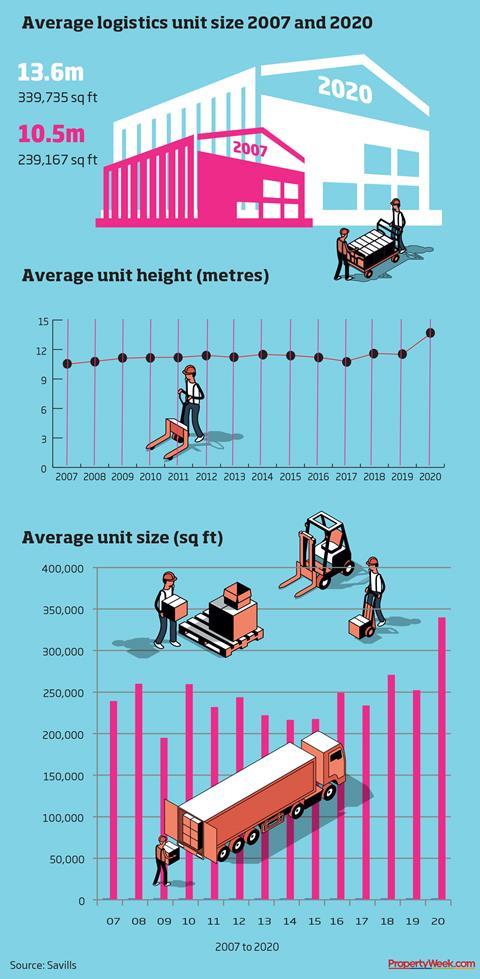
Kevin Mofid, Savills’ head of industrial research, says that essentially, occupiers are better utilising the ‘cube’ of the warehouse, which in turn has driven the increase in the average height and size of buildings.
This is partly due to the increased sophistication of modern logistics operators – from the likes of Amazon all the way through to manufacturers and other retailers – who employ robotics and automation to increase the efficiency of the cubic capacity of the warehouse units.
“As modern logistics operations evolve, building sizes continue to grow both in terms of height and size,” says Mofid. “The growth in footprint has largely been driven by the need to store more inventory to supply advanced e-commerce operations, while the height has risen as the levels of automation and robotics have increased, meaning it is now easier to utilise the full cubic capacity of a unit.”
The change in the average size of modern logistics buildings has in turn had a significant impact on the take-up data recorded by Savills.
“To put this into context, over 10 years the average number of transactions over 500,000 sq ft has increased from six per year to 10,” says Mofid.
“This trend has been amplified in 2020 with, as of the midpoint of Q3, 17 recorded deals, which is already ahead of the previous annual record of 14 in 2018. Total take-up for units over 500,000 sq ft has reached 16m sq ft so far in 2020, a rise of 61% on 2019. Of this, 97% of the space transacted has been for grade A properties, whether developed speculatively or on a build-to-suit (BTS) basis.”
Mofid adds that “while there is a finite point to efficiencies gained from increased footprint and height, there is still scope for averages to rise as more buildings are constructed that meet modern specifications”.

Join us in person or online with our new flexible hybrid event format, when we come together and embrace the changes of the new world that we are operating in.





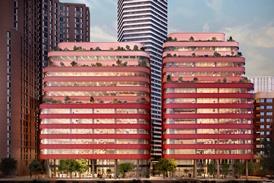


















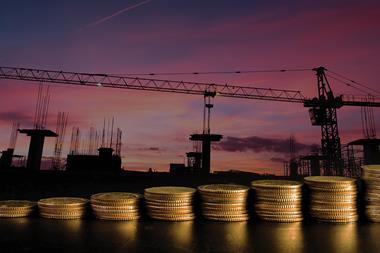

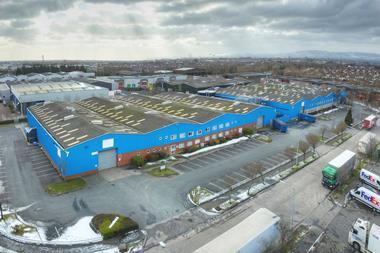
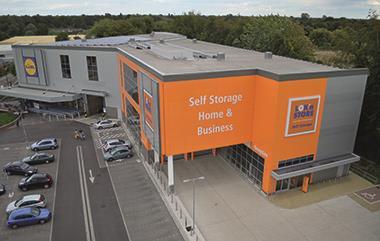
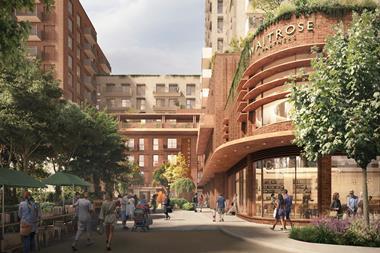
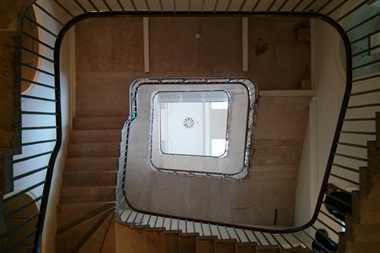
No comments yet